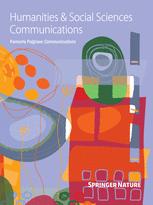DOI:
https://doi.org/10.1007/978-3-031-25412-3_4Skor altmetrik:
Jumlah Kutipan Dimensi:
Tahun publikasi
2023
Penulis
Gunatilleke, N.; Gunaratne, T.; Gunatilleke, S.; Madawala, S.; Gunasekera, R.; Neidel, J.D.; Shankar Raman, T.R.; Mudappa, D.; Osuri, A.M.; Kasinathan, S.; Bhat, K.; Ashton, M.; Gamage, S.; Tennakoon, K.; Kathriarachchi, H.; Ediriweera, S.; Geekiyanage, N.; Burslem, D.; Senevirathne, G.; Bande, M.; Milan, P.; Compendio, S.J.; Yassir, I.; Arbainsyah
Bahasa
English
Geografis
Sri Lanka, India, Philippines, Indonesia


















